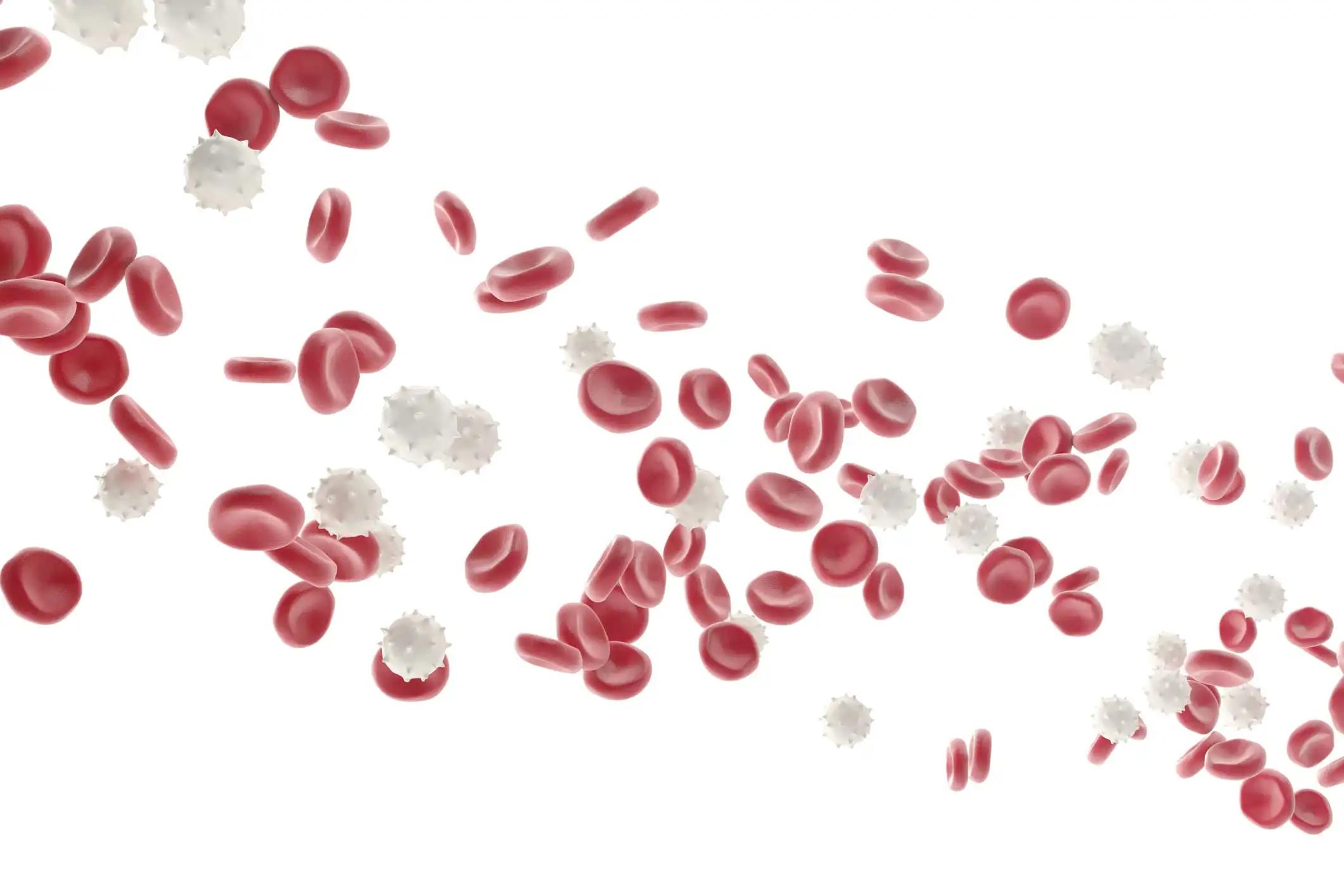KEY TAKEAWAYS
- The phase 2 trial aimed to evaluate loncastuximab tesirine in rel/ref FL to establish treatment efficacy.
- The primary endpoint was CR.
- The results showed that the combination of loncastuximab and rituximab was well tolerated and highly effective, achieving metabolic CR.
In the absence of an established standard of care (SOC) for relapsed/refractory follicular lymphoma (rel/ref FL), loncastuximab tesirine stands out with its unique targeting of CD19, offering a potential novel treatment approach.
Claudia Marcela Grandas Moreno and the team aimed to assess the efficacy of loncastuximab tesirine in patients with rel/ref FL.
Adult patients with rel/ref FL, previously treated with at least one line of systemic therapy and meeting GELF criteria or experiencing disease progression within 24 months (POD24) at enrollment, were eligible. The primary study endpoint was complete response (CR) by week 12 PET/CT.
Treatment involved 4 weekly doses of intravenous rituximab at 375mg/m2, followed by 1 dose every 8 weeks for a total of 5 doses, alongside intravenous loncastuximab at 0.15mg/kg every 3 weeks for 2 doses, then 0.075mg/kg every 3 weeks for a total of 7 doses. Premedication with dexamethasone 4 mg twice daily for 3 days was mandatory. Patients achieving CR at week 21 ceased loncastuximab and received 2 doses of rituximab every 8 weeks.
The results revealed that 26 patients were enrolled from January 2022 to July 2023, with 25 evaluable for toxicity and 21 for response. The median age was 68 years (range: 47 to 89), with a majority being women (n=14; 54%) and presenting with advanced-stage disease (n=20; 77%) and high-risk FLIPI score (n=13; 50%). About 12 patients (46%) experienced disease progression within 24 months after immunochemotherapy, with a median of one prior therapy line (range: 1 to 6).
Common adverse events included elevation in alkaline phosphatase, ALT, AST, maculo-papular rash, fatigue, thrombocytopenia, photosensitivity, leg edema, anasarca, and neutropenia. All toxicities were resolved with supportive management and dose delays (n=4).
Among the initial 10 patients meeting pre-specified criteria to proceed to stage II, CR was observed in 7. Of 21 patients evaluated for response, the overall response rate at week 12 was 95.2%, with a CR rate of 66.7% (n=14) and a partial response (PR) rate of 28.6% (n=6). All CR were sustained, and 4 of 6 PRs improved to CR by week 21, resulting in a best CR rate of 86% (n=18). All 7 patients who completed the study remained in CR after the end of treatment, with a median follow-up of 4.8 months (range: 3.2 to 6.7).
The study concluded that combining loncastuximab with rituximab demonstrated high effectiveness and favorable tolerability, achieving a metabolic complete response rate.
The trial was sponsored by Juan P. Alderuccio, MD, from the University of Miami.
Source: https://ons.confex.com/ons/2024/meetingapp.cgi/Paper/14994
Clinical Trial: https://clinicaltrials.gov/study/NCT04998669
Grandas Moreno CM, Rodriguez A, Medina Andara LV, et al. (2024). “Safety and Efficacy of Loncastuximab Tesirine with Rituximab in Follicular Lymphoma.” Presented at ONS 2024 (RS24)



